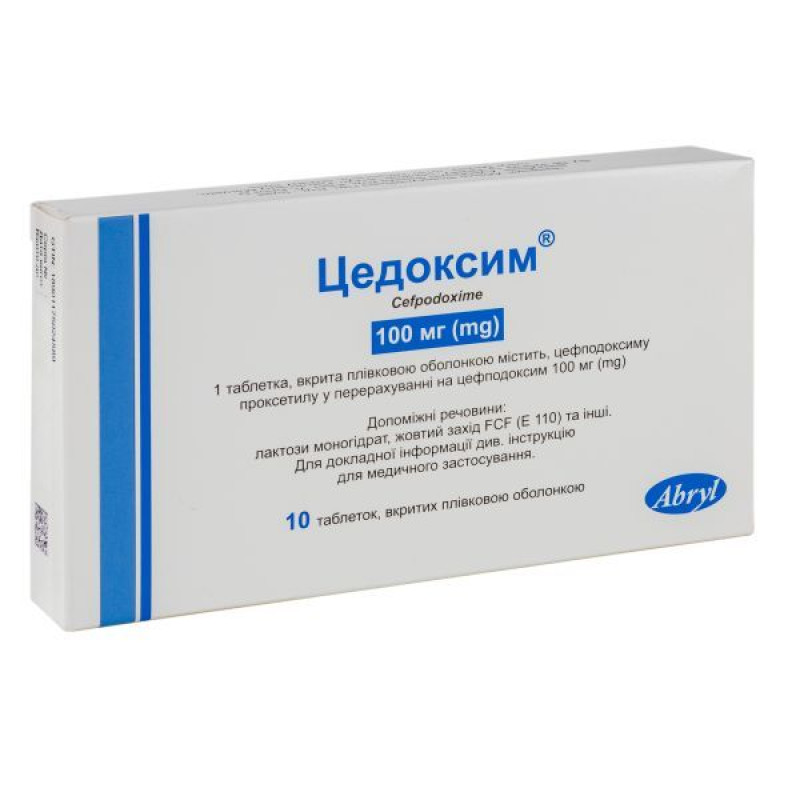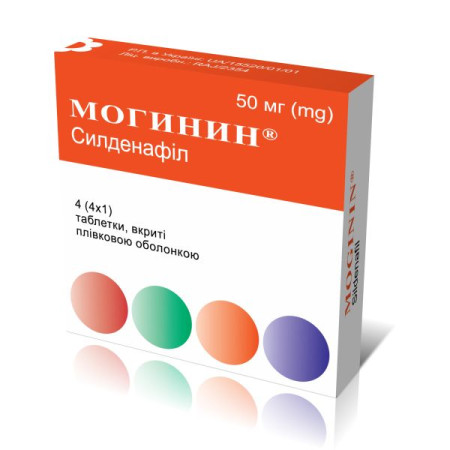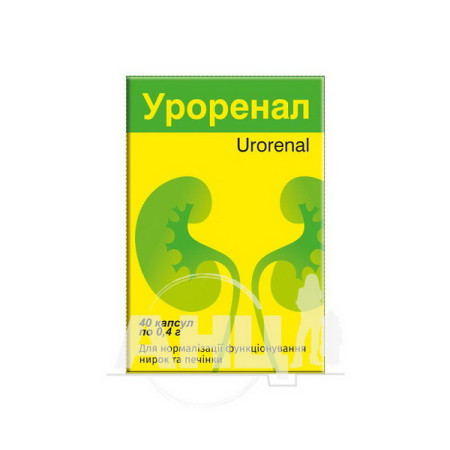Tsedoxim film-coated tablets 100 mg blister No. 10

Instructions for use: Tsedoxim film-coated tablets 100 mg blister No. 10
Composition
active ingredient: cefpodoxime;
1 film-coated tablet contains cefpodoxime proxetil equivalent to cefpodoxime 100 mg or 200 mg;
excipients:
100 mg tablets: calcium carboxymethylcellulose, lactose monohydrate, low-substituted hydroxypropylcellulose, sodium lauryl sulfate, crospovidone, corn starch, magnesium stearate; Opadry Orange 03H53703 coating: hydroxypropylmethylcellulose, titanium dioxide (E 171), iron oxide yellow (E 172), polyethylene glycol, sunset yellow FCF (E 110);
200 mg tablets: calcium carboxymethylcellulose, lactose monohydrate, low-substituted hydroxypropylcellulose, sodium lauryl sulfate, crospovidone, corn starch, magnesium stearate; Opadry Red 03H55305 coating: hydroxypropylmethylcellulose, sunset yellow FCF (E 110), special red AG, titanium dioxide (E 171), polyethylene glycol.
Dosage form
Film-coated tablets.
Main physicochemical properties:
100 mg tablets: film-coated tablets, oval-shaped, yellow-orange in color, embossed with “C” on one side and “61” on the other side;
200 mg tablets: film-coated, oval-shaped, red tablets, debossed with “C” on one side and “62” on the other side.
Pharmacotherapeutic group
Antibacterials for systemic use. Third generation cephalosporins. ATX code J01D D13.
Pharmacological properties
Pharmacodynamics.
Cefpodoxime is active against many gram-positive and gram-negative microorganisms: Streptococcus pneumoniae, Streptococcus pyogenes, Streptococcus agalactiae, Streptococcus spp. (groups C, F, G), Escherichia coli, Haemophilus influenzae (including strains producing beta-lactamase), Klebsiella pneumoniae, Neisseria gonorrhoeae (including strains producing penicillinase), Proteus mirabilis, Citrobacter diversus, Haemophilus parainfluenzae, Klebsiella oxytoca, Proteus vulgaris, Corynebacterium diphtheriae, Branhamella catarrhalis, Neisseria meningitides, Neisseria gonorrhoeae, Escherichia coli.
Pharmacokinetics.
Absorbed from the digestive tract and deesterified to form cefpodoxime. After taking 100 mg before meals, 50% is absorbed, the maximum concentration in the blood plasma (Cmax) is 1.4 μg/ml. Food intake increases Cmax, but not the time to reach it (Tmax) when using tablets, and Tmax, but not Cmax when using suspension. It binds to blood proteins (20–30%), Tmax is 2–3 hours. Penetrates into tissues, including tonsils, lungs and fluids, forming a concentration in them that exceeds the minimum inhibitory concentration (MIC50) for most microorganisms. The half-life (T½) is 2.09–2.84 hours. Approximately 30–35% of the dose is excreted in the urine unchanged within 12 hours.
In case of impaired renal function, excretion decreases: if creatinine clearance is 50–80 ml/min, then T½ is 3.5 hours, 30–49 ml/min – 5.9 hours, 5–29 ml/min – 9.8 hours.
Indication
Treatment of mild to moderate infections caused by susceptible microorganisms:
ENT infections (sinusitis, tonsillitis and pharyngitis);
community-acquired pneumonia;
exacerbation of chronic infectious bronchitis;
uncomplicated skin and soft tissue infections;
uncomplicated urinary tract infections, including acute pyelonephritis, cystitis;
acute uncomplicated cervical and urethral gonorrhea.
Contraindication
Hypersensitivity to cefpodoxime, to the cephalosporin group, penicillins or to any of the other ingredients of the drug. Hereditary galactose intolerance, lactase deficiency or glucose/galactose malabsorption syndrome.
Interaction with other medicinal products and other types of interactions
Co-administration of high doses of antacids (sodium bicarbonate and aluminum hydroxide) or histamine H2-receptor blockers reduces the extent of absorption by 27–32% and Cmax by 24–42%. Oral anticholinesterase agents increase Tmax by 47% but do not affect the extent of absorption.
The drug should be taken 2–3 hours after taking ranitidine.
Probenecid slows down excretion, promotes cumulation, prolonged increase in the concentration of the drug in the blood. Although nephrotoxicity has not been established when using cefpodoxime as monotherapy, careful monitoring of renal function is recommended in the case of concomitant administration of Cedoxime® and drugs with known nephrotoxicity.
Like other antibiotics, Cedoxim® may affect the intestinal flora, leading to reduced reabsorption of estrogens and reduced efficacy of combined oral contraceptives.
Application features
Approximately 5–10% of patients with a confirmed penicillin allergy have cross-reactivity to cephalosporins. This drug is contraindicated in patients hypersensitive to penicillin. If the patient has a history of allergic reactions, continuous medical supervision is required from the first day of use; appropriate medical care and supervision should be available in case of any anaphylactic episode following use of the drug.
Allergic reactions (especially anaphylaxis) observed with the use of β-lactam antibiotics can be severe and, in rare cases, fatal.
At the first signs of hypersensitivity when using the drug, you should immediately stop taking it and consult a doctor.
Cedoxim® is not an antibiotic for the treatment of staphylococcal pneumonia, it cannot be used to treat atypical pneumonia caused by Legionella, Mycoplasma and Chlamydia microorganisms.
For patients with renal insufficiency, the dosage regimen should be adjusted depending on the creatinine clearance. When using the drug, adverse reactions from the digestive tract occur (e.g. vomiting, nausea, abdominal pain), therefore, cefpodoxime should be prescribed with caution to patients with a history of gastrointestinal diseases, especially those with colitis. The occurrence of severe diarrhea during treatment with the drug may be a consequence of the development of pseudomembranous colitis caused by Clostridium difficile toxin. These adverse reactions may occur more often in patients who have received doses for a long period, so they should be considered potentially serious. The presence of Clostridium difficile should be investigated. In these cases, the drug should be discontinued and appropriate investigation should be carried out.
If colitis occurs, treatment with the drug should be discontinued immediately, sigmoidoscopy and sigmoidoscopy should be performed, and if further treatment is necessary, another therapy (vancomycin) should be prescribed. Foods that cause constipation should be avoided. Although any antibiotic can cause pseudomembranous colitis, the risk may be greater with the use of broad-spectrum drugs such as cephalosporins.
When using β-lactam antibiotics, neutropenia and agranulocytosis may develop, especially during prolonged treatment. If the drug is used for more than 10 days, blood counts should be monitored, and if neutropenia develops, treatment with cefpodoxime should be discontinued.
During treatment with Cedoxim®, a positive Coombs test and very rarely, hemolytic anemia may occur.
Concomitant use with potentially nephrotoxic drugs (e.g. aminoglycosides, furosemide) may worsen renal function. Prolonged use of cefpodoxime may result in overgrowth of non-susceptible organisms.
The medicine contains the excipient sunset yellow FCF, which may cause allergic reactions.
Use during pregnancy or breastfeeding
There are no data on the safety of cefpodoxime during pregnancy. Therefore, the drug should be used during pregnancy only if the expected benefit to the mother outweighs the potential risk to the fetus, especially in the first months of pregnancy.
Cefpodoxime passes into breast milk. If necessary, breastfeeding should be discontinued.
Ability to influence reaction speed when driving vehicles or other mechanisms
While using the drug, you should refrain from driving or operating other mechanisms.
Method of administration and doses
The drug should be administered orally with food to improve absorption due to the food factor, which increases the bioavailability of cefpodoxime proxetil.
| Adults | |||
| Indication | Daily dose | Number receptions | Duration of treatment |
| ENT infections (sinusitis, tonsillitis, pharyngitis) | Sinusitis–400 mg, other infections of ENT organs – 200 mg | Sinusitis – 200 mg every 12 hours; other ENT infections – 100 mg every 12 hours | From 5 to 10 days |
| Community-acquired pneumonia | 200–400 mg | 100 mg or 200 mg every 12 hours | 14 days |
| Exacerbation of chronic bronchitis | 200–400 mg | 100 mg or 200 mg every 12 hours | 10 days |
| Uncomplicated gonorrhea in men and women | 200 mg | Single dose | |
| Skin and soft tissue infections | 400 mg | 200 mg each 12 hours | From 7 to 14 days |
Uncomplicated urinary tract infections (upper) (lower – cystitis) | 400 mg 200 mg | 200 mg each 12 hours 100 mg every 12 hours | 7 days |
Elderly patients: No dose adjustment is required for patients without renal impairment.
Hepatic impairment: No dose adjustment is required for patients with hepatic impairment.
Renal impairment. In patients with severe renal impairment (creatinine clearance < 40 ml/min), the interval between doses should be increased to 24 hours. For patients on hemodialysis, the drug should be administered 3 times a week after a hemodialysis session. Pharmacokinetic studies indicate an increase in the half-life and maximum plasma concentration, which are lower than this value. The dose of the drug for patients with renal insufficiency is adjusted taking into account creatinine clearance.
There is no need to change the dose for patients with impaired renal function if the creatinine clearance is greater than 40 ml/min.
| Creatinine clearance, ml/min | |
| Single dose1) to be administered every 24 hours (i.e. ½ the usual adult dose) | |
| Less than 10 | A single dose1) should be administered every 48 hours (i.e. ¼ of the usual adult dose) |
| Hemodialysis | Single dose1) to be administered after each dialysis session |
1) Single dose – 100 mg or 200 mg depending on the type of infection.
Children.
The drug should not be prescribed to children under 12 years of age in the form of film-coated tablets.
For children under 12 years of age, the drug should be used in the form of a suspension.
Overdose
Symptoms: nausea, vomiting, epigastric discomfort, diarrhea; in patients with renal failure, encephalopathy may develop.
Treatment: gastric lavage. Hemodialysis or peritoneal dialysis, especially in case of impaired renal function.
Side effects
Infections and infestations: superinfection caused by certain fungi of the genus Candida, insensitive to cefpodoxime. Antibiotic-associated colitis.
General: malaise, fatigue, asthenia, drug fever, fever, chest pain, back pain, chills, generalised pain, abnormal microbiological tests, abscesses, allergic reactions, facial swelling, bacterial infections; parasitic infections; localised swelling, localised pain, candidiasis, vaginal mycoses, vulvovaginal infections, discomfort, chest pain (pain may radiate to the lower back).
Cardiovascular system: congestive and chronic heart failure, migraine, palpitations, rapid heartbeat, vasodilation, hematomas, arterial hypertension or hypotension.
On the part of the digestive tract: nausea, vomiting, dyspepsia, abdominal pain, dry mouth, bloating, decreased appetite, constipation, diarrhea, anorexia, belching, mouth ulcers, gastritis, oral mucosal ulcers, tenesmus, disorders of the rectum, tongue, teeth, thirst, toothache, colitis (antibiotic-induced), candidal stomatitis, dehydration, gout, peripheral edema, weight gain, pseudomembranous colitis.
Hepatobiliary system: cholestatic liver damage.
From the blood system: hemolytic anemia, eosinophilia, leukocytosis, lymphocytosis, agranulocytosis, basophilia, monocytosis, thrombocytosis, decreased hemoglobin concentration, hematocrit, hemolytic anemia, leukopenia, neutropenia, lymphopenia, thrombocytopenia, thrombocytosis, prolonged thrombin and prothrombin time.
Musculoskeletal system: myalgia.
Nervous system: cephalalgia, vertigo, dizziness, headache, sleep disturbances, insomnia, drowsiness, anxiety, unsteadiness of gait, irritability, nervousness, cerebral hemorrhage, change in dreams, terrible dreams, paresthesia, nightmares, confusion.
Respiratory system: asthma, cough, nosebleeds, rhinitis, sneezing, wheezing, bronchitis, dyspnea, pleural effusion, pneumonitis, sinusitis, bronchospasm.
Skin: rash, urticaria, itching, increased sweating, macular rashes, vesicular rashes, solar erythema, increased sweating, maculopapular and vesicular-bullous rashes, fungal dermatitis, epithelial desquamation, dry skin, hair loss, sunburn, candidiasis of the mucous membranes, bullous reactions (Stevens-Johnson syndrome), toxic epidermal necrolysis, erythema multiforme.
Hypersensitivity reactions: anaphylactic reactions, angioedema, serum sickness, purpura, arthralgia, fever.
From the sensory organs: change or loss of taste, eye irritation, tinnitus, vision impairment.
From the genitourinary system: hematuria, urinary tract infections, uterine bleeding, dysuria, nocturia, male genital infections, proteinuria, vaginal pain, vaginal candidiasis, metrorrhagia, frequent urination, proteinuria.
Laboratory indicators: most laboratory changes are transient and have no clinical significance, false-positive Coombs test.
On the part of the liver: transient increase in AST, ALT, GGT, alkaline phosphatase, bilirubin, cholestatic jaundice.
Biochemical tests: hyper- or hypoglycemia, hypoalbuminemia, hypoproteinemia, hyperkalemia, hyponatremia.
On the part of the genitourinary system: increased bilirubin, urea and creatinine in the urine; in isolated cases, renal dysfunction has been observed, especially with the simultaneous use of cefpodoxime with aminoglycosides and/or strong diuretics.
Expiration date
3 years.
Storage conditions
Store at a temperature not exceeding 30 °C in the original packaging.
Keep out of reach of children.
Packaging
10 film-coated tablets in a blister; 1 blister in a cardboard box.
Vacation category
According to the recipe.
Producer
Aurobindo Pharma Ltd. Unit VI, Block D.
Address
Sy. No. 329/39 and 329/47, Village Chitkul, Patancheru Mandal, Medak District, Telangana State, 502307 India.
There are no reviews for this product.
There are no reviews for this product, be the first to leave your review.
No questions about this product, be the first and ask your question.
















